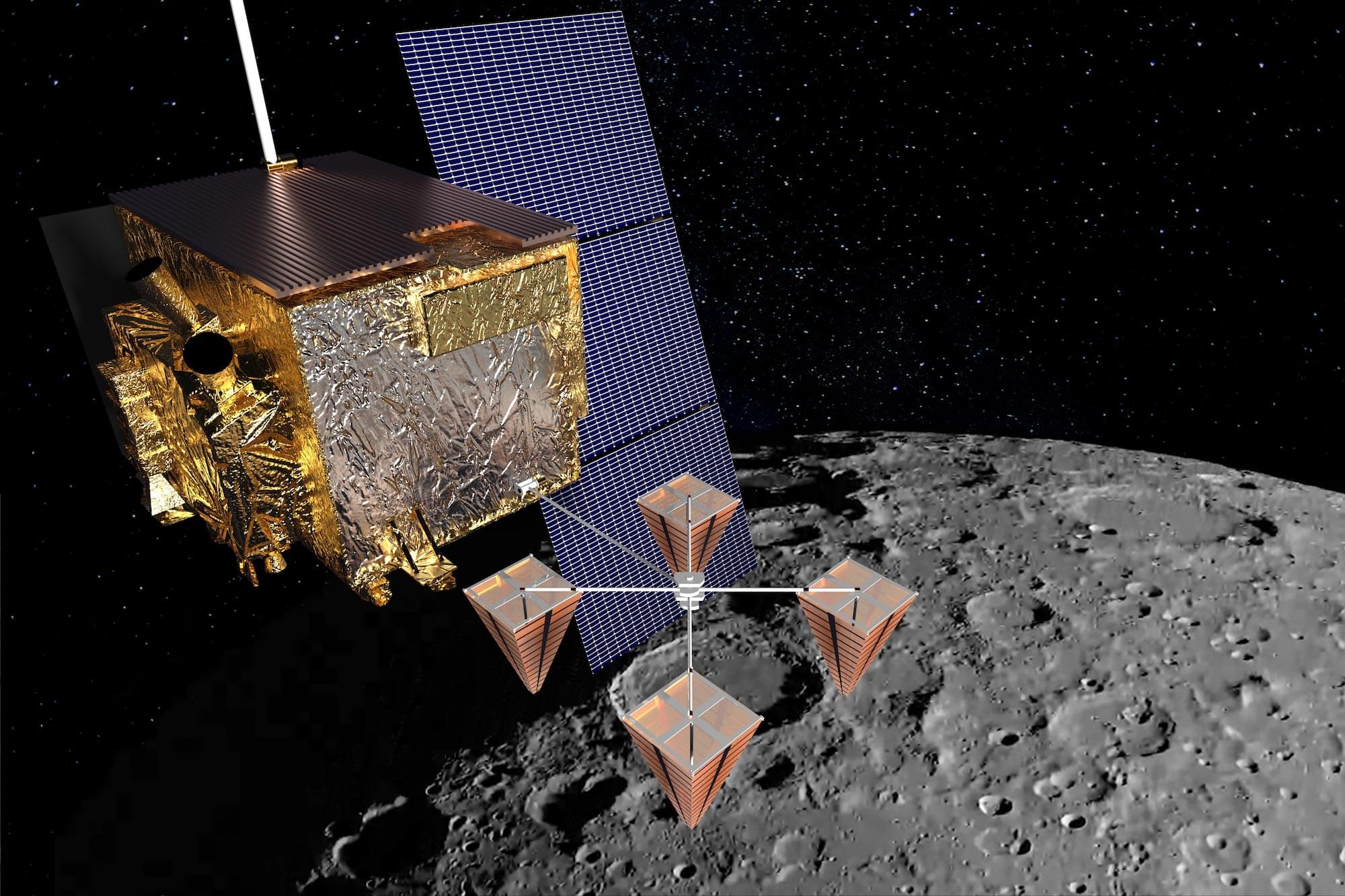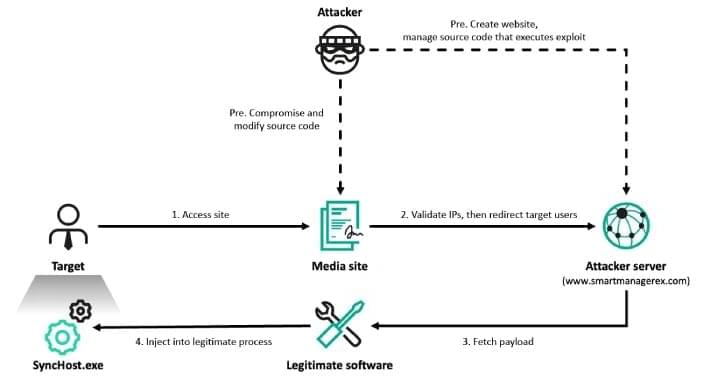Advances in high-throughput phenotyping (HTP) platforms together with genotyping technologies have revolutionized breeding of varieties with desired traits relying on genomic prediction. Yet, we lack an understanding of the expression of multiple traits at different time points across the entire growth period of the plant.
A research team, including IPK Leibniz Institute and the Max Planck Institute of Molecular Plant Physiology, has developed a computational approach to solve this problem. The results were published in the journal Nature Plants.
The phenome of a plant comprises the entirety of traits expressed at any given time, and is the integrated outcome of the effects of genetic factors, environmental conditions and their complex interactions. Understanding how the crop phenome changes over time can help predict individual traits at specific time points in crop development. However, this problem is challenging not only because of the intricate dependence between individual traits, but also due to differences in how the phenomes of specific genotypes change over the plant life cycle.







